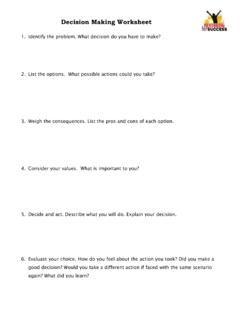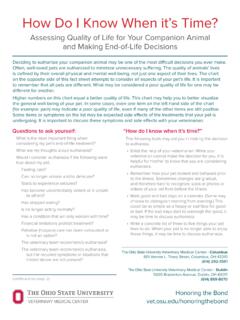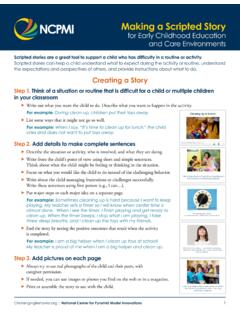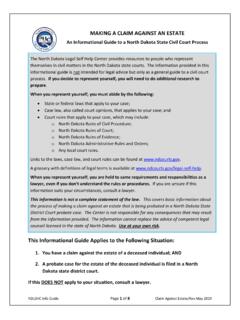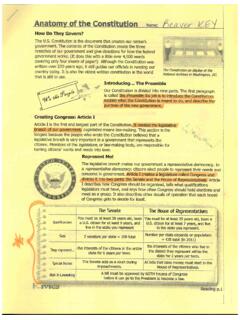Transcription of Trail Making Test - USD
1 Trail Making Test (TMT) Parts A & B Instructions: Both parts of the Trail Making Test consist of 25 circles distributed over a sheet of paper. In Part A, the circles are numbered 1 25, and the patient should draw lines to connect the numbers in ascending order. In Part B, the circles include both numbers (1 13) and letters (A L); as in Part A, the patient draws lines to connect the circles in an ascending pattern, but with the added task of alternating between the numbers and letters ( , 1-A-2-B-3-C, etc.). The patient should be instructed to connect the circles as quickly as possible, without lifting the pen or pencil from the paper. Time the patient as he or she connects the " Trail ." If the patient makes an error, point it out immediately and allow the patient to correct it. Errors affect the patient's score only in that the correction of errors is included in the completion time for the task.
2 It is unnecessary to continue the test if the patient has not completed both parts after five minutes have elapsed. Step 1: Give the patient a copy of the Trail Making Test Part A worksheet and a pen or pencil. Step 2: Demonstrate the test to the patient using the sample sheet ( Trail Making Part A SAMPLE). Step 3: Time the patient as he or she follows the Trail made by the numbers on the test. Step 4: Record the time. Step 5: Repeat the procedure for Trail Making Test Part B. Scoring: Results for both TMT A and B are reported as the number of seconds required to complete the task; therefore, higher scores reveal greater impairment. Average Deficient Rule of Thumb Trail A 29 seconds > 78 seconds Most in 90 seconds Trail B 75 seconds > 273 seconds Most in 3 minutes Sources: Corrigan JD, Hinkeldey MS. Relationships between parts A and B of the Trail Making Test.
3 J Clin Psychol. 1987;43(4):402 409. Gaudino EA, Geisler MW, Squires NK. Construct validity in the Trail Making Test: what makes Part B harder? J Clin Exp Neuropsychol. 1995;17(4):529-535. Lezak MD, Howieson DB, Loring DW. Neuropsychological Assessment. 4th ed. New York: Oxford University Press; 2004. Reitan RM. Validity of the Trail Making test as an indicator of organic brain damage. Percept Mot Skills. 1958;8:271-276. Trail Making Test Part A Patient s Name: Date: Trail Making Test Part A SAMPLE Trail Making Test Part B Patient s Name: Date: Trail Making Test Part B SAMPLE

